Once upon a time, in the Central Highlands, there was a huge flood. Water rose up to the top of high mountains and big hills. Nam Nung Mountain was completely submerged, leaving only the top of the mountain as big as a fish basket, Nam N'Jang Mountain was submerged, remaining only the size of a hand, and Ga Rung Mountain was the size of a small cauldron. During that time, only those who had time to build rafts and sit on them could escape death. Only those who were near high mountains and high hills on the mountains could escape death. The flood rose for seven days and seven nights. At that time, on Gung Klo Mountain (the mountain near Dak Song Committee now), people saw a giant snail as big as a mountain. People saw that big snail drinking water. The snail gradually sucked the water down until it dried up. When the water dried up, people could no longer see the big snail. People thought that the big snail followed the water up from the sea.
At that time, only a few people survived. Those who had time to build rafts sat on them. When the water receded, they stayed there, no longer knowing where their old village was. They also did not look for their old village anymore. The villages near the high mountains survived more. People rebuilt their houses, cultivated fields, sowed rice and corn. Those who did not have corn or rice seeds ate wild potatoes to survive. Later, they went to find relatives to ask for rice seeds, corn seeds, melon seeds, squash seeds, beans, and squash seeds. People built houses and established villages in groups along the banks of streams and at the foot of mountains.
Later generations saw snails living in Bon Bu N'Drung. Bon Bu N'Drung was on the bank of Dak N'Drung stream. People were cultivating fields, sowing rice and corn, and they were growing well. The rice in the fields was blooming, when at night something ate it. The thing that ate the rice every night gradually disappeared. At first, people thought that domestic pigs were eating it, or wild pigs were eating it. People looked for footprints of pigs and deer but couldn't find them. People thought that domestic pigs were eating it. The villagers blamed each other among the pig farmers (at that time, people raised pigs freely). The villagers discussed with each other that they had to build pig pens, because if they let the pigs roam like this, the rice in the fields would run out, we wouldn't have rice to eat anymore, and we would starve to death. People fenced the area around the village and called the pigs back to be locked inside the fence. Not a single pig went out to eat outside the fence anymore.
The next morning, people went to visit the fields and saw that the rice in the fields had been almost eaten. They discussed with each other: It must have been eaten by deer, wild pigs, or wild animals. If animals, deer, or pigs had eaten it, why were there no footprints? Now, let's fence the fields tightly. People in the village went to work on the same large piece of land. People cut bamboo and reeds to make a strong and high fence. It took them nearly ten days to build the fence, surrounding the fields. They had fenced the entire edge of the field, leaving no way for animals to get through. The next morning, people went to visit the fields and saw that the rice in the fields had been eaten even more. What's going on? The rice in the fields was almost gone. Now, let's watch. Some people held spears, some held crossbows, and went to lie in wait and sleep in the fields. People slept in their own huts, each hut had its own guard. When they woke up in the morning, they saw that the rice in the fields had been eaten more and more. They discussed again: Now, we won't sleep in the huts anymore. The next night, people were lurking near the lost rice fields, people were lying in wait everywhere where the rice was eaten. People were lying in wait here, it was eaten there. People were lying in wait above, it was eaten below. People were lying in wait on the edge of the field, it was eaten in the middle of the field. The villagers were at their wits' end, there was no way to save the field. Let's not lie in wait anymore, let's all go home and sleep, let it eat all the rice in the field, we have to accept it. Everyone went home to sleep, no one was sleeping to guard the field anymore.
At midnight, two people were sent out to spy. One held a spear and the other a crossbow. That night, the moon was bright. The two people walked very lightly, without making any noise. The two people went to the edge of the field to observe, but they did not hear any noise. The two people saw something very large in the middle of the field.
They saw a white object as big as an elephant's trotter. They walked softly, not making any noise, and were still about a crossbow shot away from the object. The crossbowman thought to himself, half wanting to shoot, half not daring to shoot anymore. If he shot with a crossbow, the small crossbow might not kill the big animal. If he shot poorly and didn't kill it, he was afraid the animal would bite him. If he didn't shoot, what would he do? If he let it eat rice, it would run out every night, and when the rice ran out, there would be no more rice to eat. He decided to try shooting. He raised the crossbow, loaded the arrow, but didn't know where to aim, he intended to shoot right at the big body, afraid it wouldn't penetrate. He aimed the arrow right at the shaking rice stalk. He pulled the crossbow trigger and shot a shot that seemed to hit the eye. The arrow hit the eye, the animal rolled around in pain, but didn't make any screams. After shooting, the two men were frightened and hurried back to their camp.
When they got home, they told their neighbors: We saw a big animal eating rice, an animal as big as a mountain. Looking at the night sky, we only saw white, we couldn't see any legs or arms, we could only see the shaking rice stalks. I raised my crossbow, loaded an arrow and shot at the shaking rice stalks. I only had time to shoot once, and saw the animal rolling around, seeing the animal as big as a mountain. We were scared and ran back home. That night, some slept, some people kept watch. They were afraid that the animal would be hurt by the shot, and it would chase people back to the village. All night until morning, nothing was seen chasing them back to the village.
When it was light, the villagers gathered in large numbers to go to the field to watch. Many people went, some with spears, some with crossbows, some with swords, the villagers walked slowly, cautiously walking to the field. They observed from the edge of the field and saw a white animal in the middle of the field. They only saw white, did not see the animal move, some guessed it was dead, some guessed it was alive, no one dared to go to see where it was. Let's try to shoot again, if it's alive it must move, if it's dead it must lie still. Someone said: Such a big animal, how can it die, this crossbow is so small, how can it die. The villagers walked slowly, walking lightly, advancing until they got close to the range where the crossbow could shoot well. They raised the crossbow, loaded the arrow, tried shooting once but saw no movement, shot twice but saw no movement. They shot many arrows but saw no movement. But every shot, the arrows flew up into the sky, not a single arrow stuck in the object, did not see the animal move. The people walked gradually, advancing. They came close and kept throwing spears. They threw two or three spears. They threw spears into that big animal but they couldn't penetrate it, and they didn't see any movement. They said: The animal must be really dead. They came close and saw the animal lying still in one place, just like a snail. They guessed right, it was a snail. Seeing the snail was so big, they didn't dare to cut it open and eat it. People let the snail rot in the middle of the field, the snail died in the middle of the field, the field on the mountain.
Since that day, people named this mountain Con Oc Mountain. Since the day the mother snail was shot, the nearby villages stopped cultivating on Con Oc Mountain. People were afraid that the mother snail was still there, and they were afraid that the baby snail would eat the rice. Also since the time the snail was shot, the forest area of Con Oc Mountain began to get cold. The local villagers guessed: In the past, the mother snail absorbed a lot of sea water, until the mother snail died, the water went into the mountain, releasing water vapor, making this forest area cold. Therefore, the area of Con Oc Mountain and the surrounding area has cold weather all year round. Before this phenomenon, the people of Dak Song called this land Cold Forest Mountain.
The story also reflects the struggle of the people here to conquer the mountains, forests and nature to build and develop the community.
Source


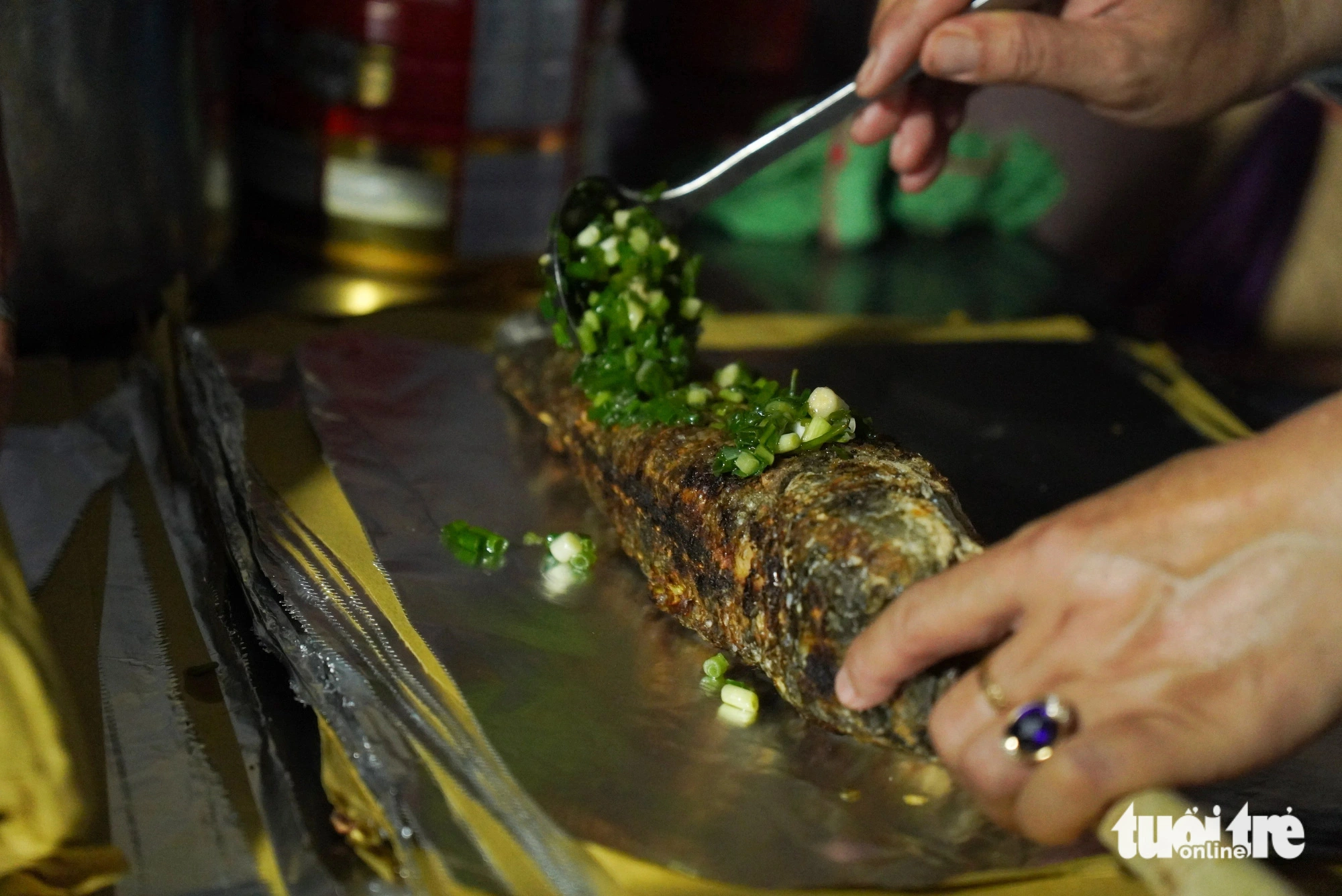


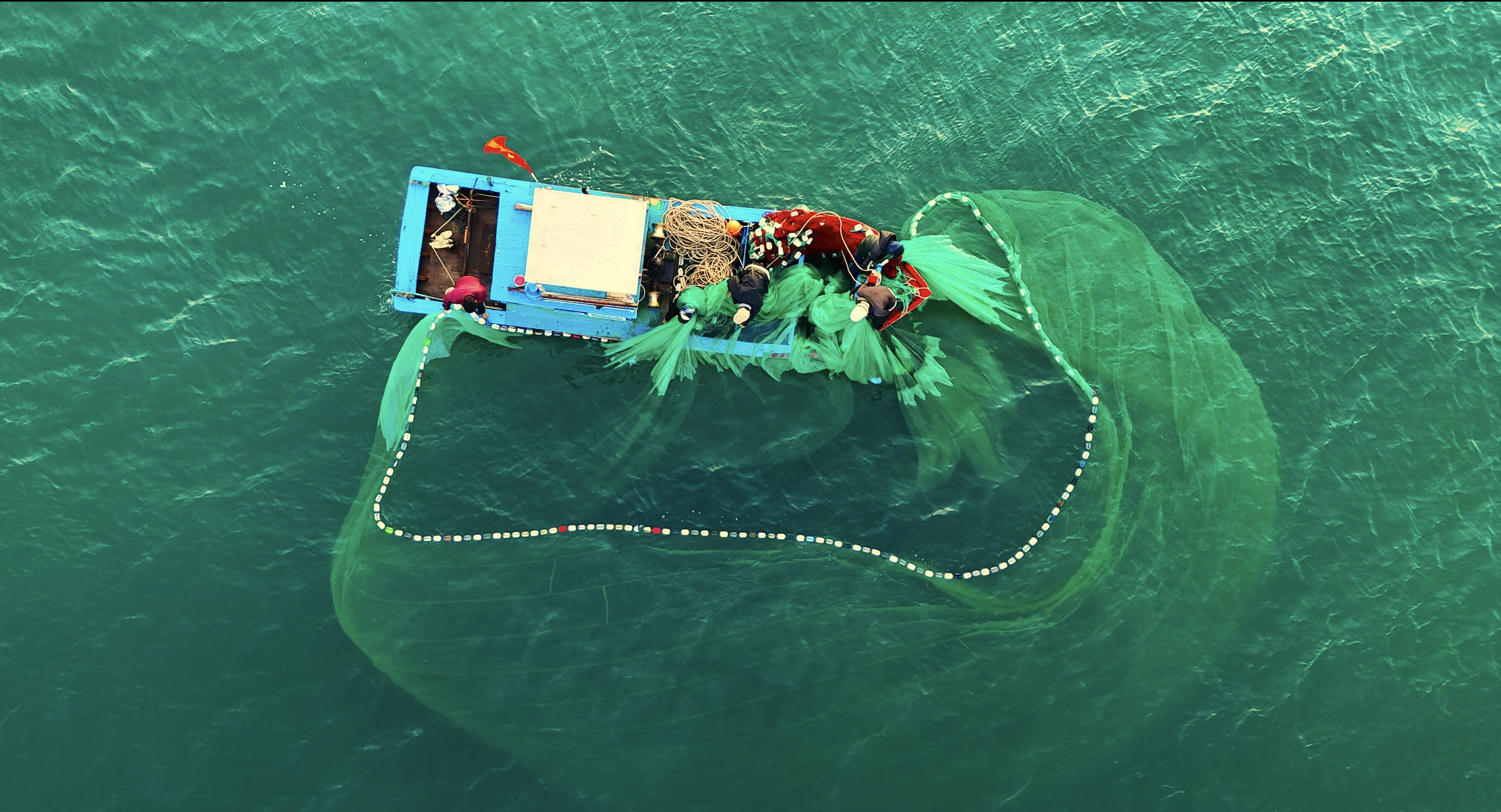
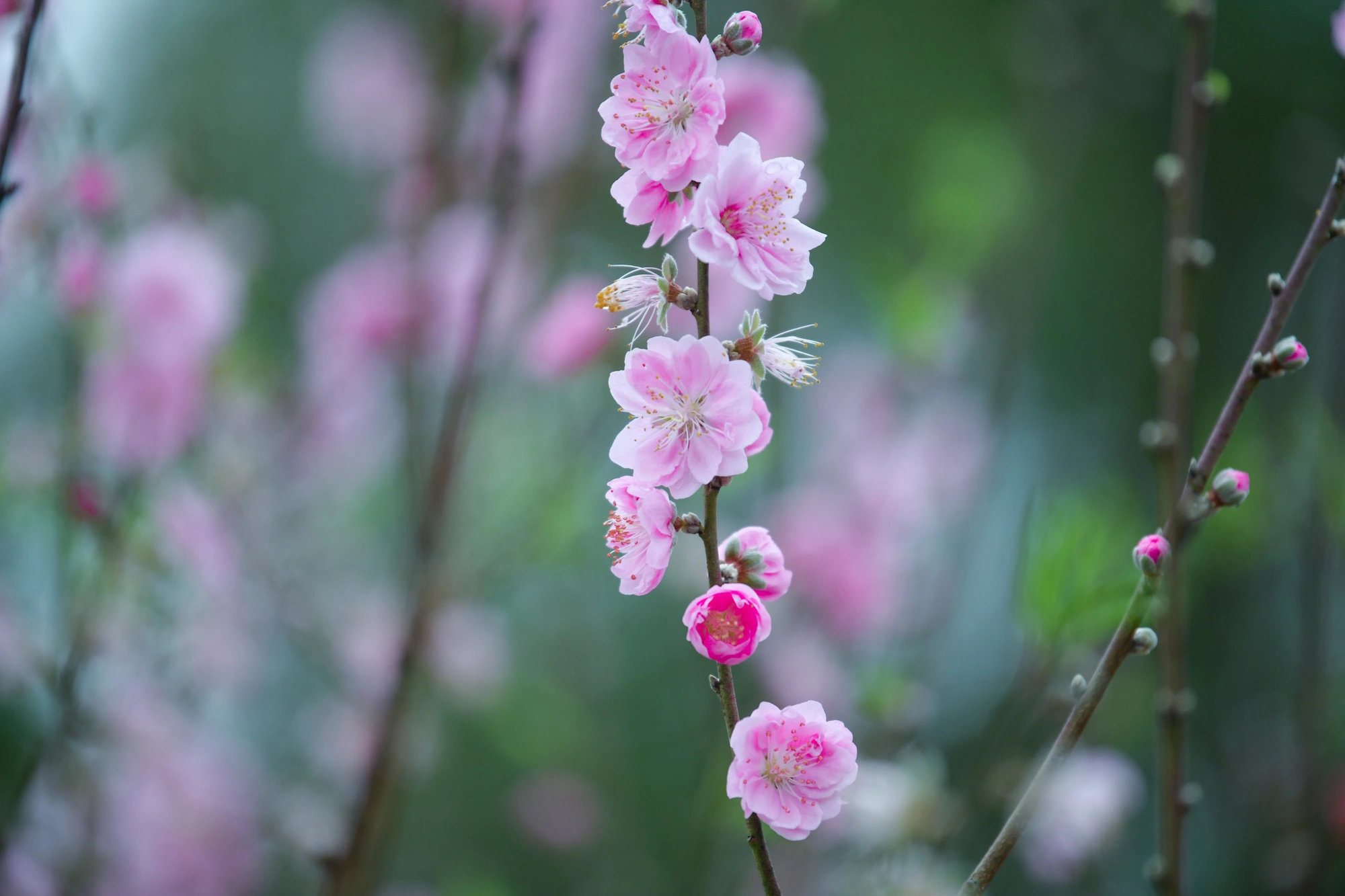





















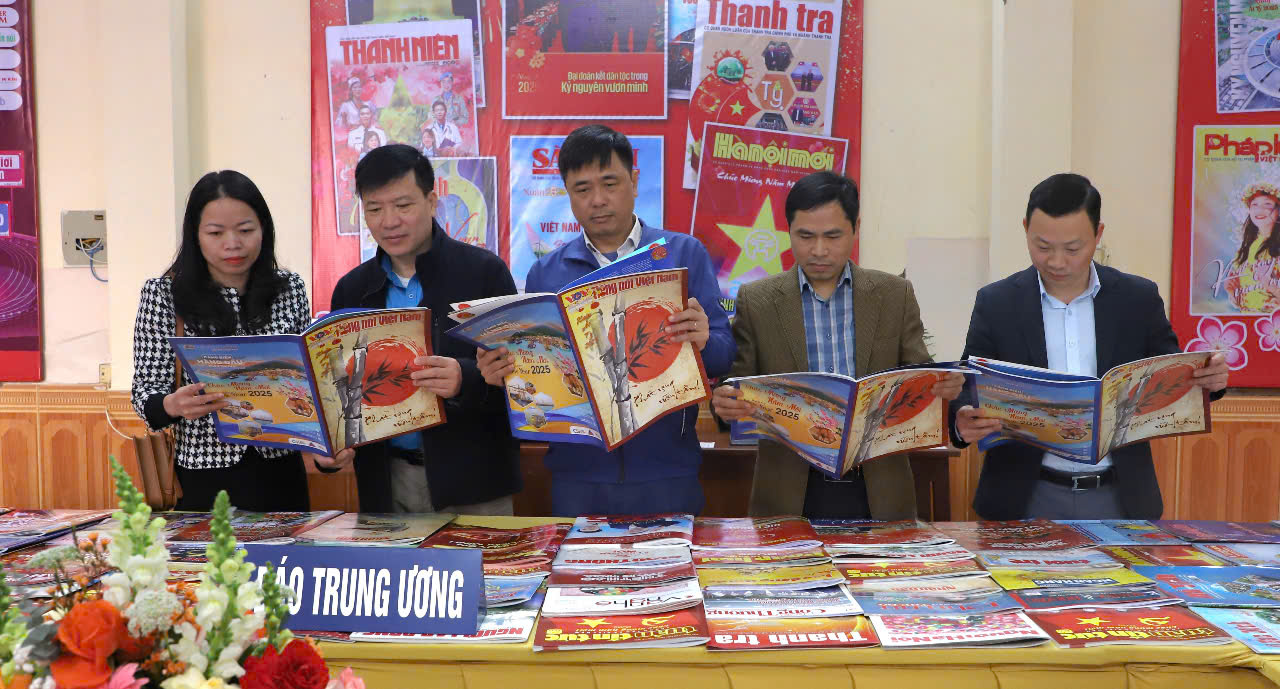

![[Photo] Water wharf - the lifeblood of the Ede people](https://vstatic.vietnam.vn/vietnam/resource/IMAGE/2025/2/8/2671b5fe8ba44720a1f5dc00c5aa3c7e)


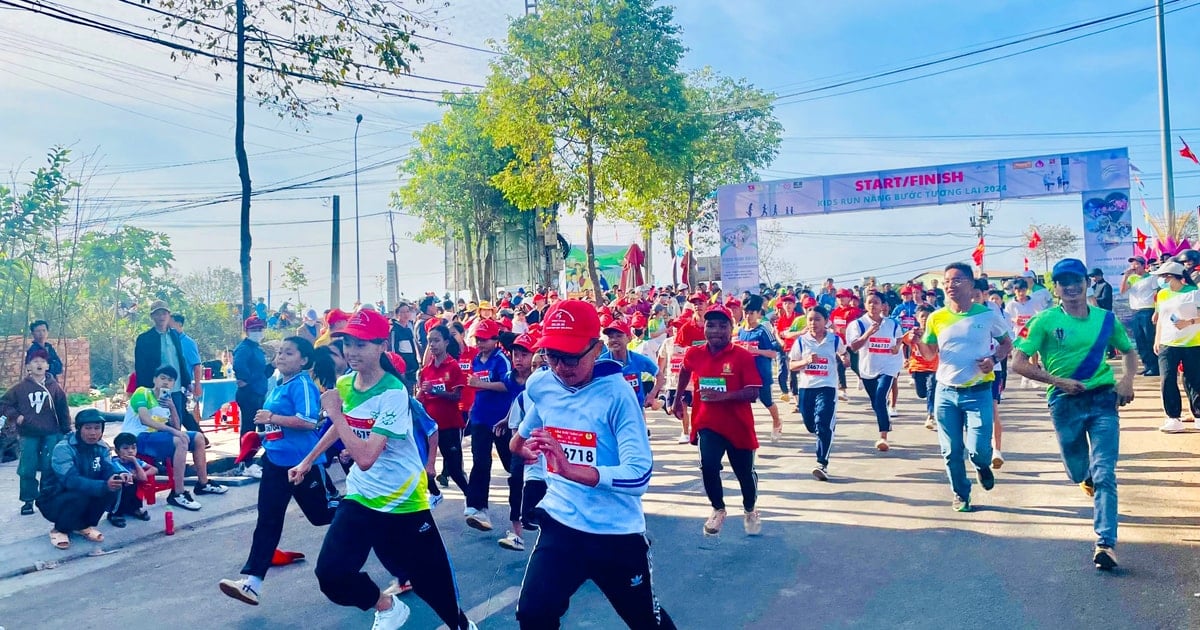







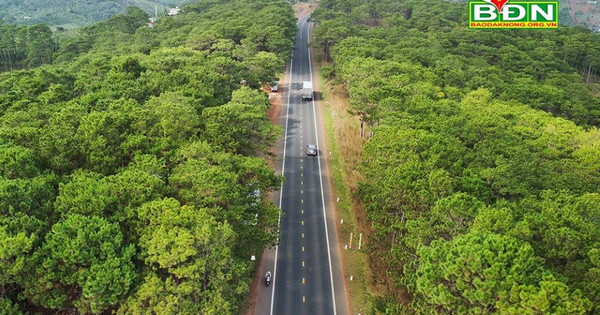










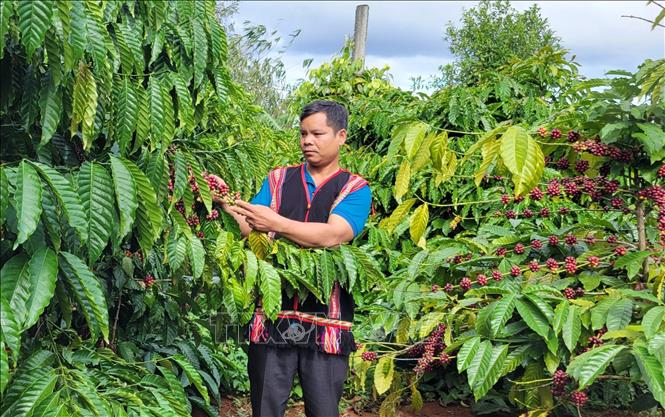





Comment (0)